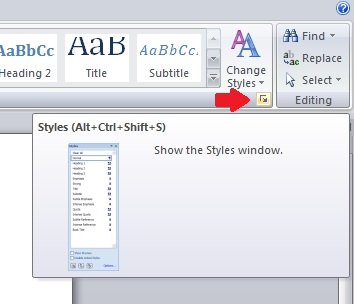

Go to Shape Format | Shape Styles | Shape Gallery right-click on a style then choose Set as Default Shape. Shape GalleryĪny Shape Gallery option can become your new shape default. Once set, any new shape will start with your choices, not Microsoft’s. There are two ways to change the shape defaults. Text Wrapping Square or Tight is easier to manage at first. Personally, we prefer no fill because the shape will be filled with text or other objects. That’s the Microsoft default which may not suit you. Blue fill, 1pt black single line outline, no effects and Text Wrapping in front of text. When you Insert | Shape, something like this probably appears. Change the defaults to whatever you like for faster shape formatting in Office Word, Excel, PowerPoint or Outlook. In the context menu, select Set Proofing Language. A toolbar and a context menu will appear. Open a document, select all text using the keyboard shortcut Ctrl + A or select several paragraphs. Moving tabs or changing the tab type in the Tabs dialog box involves adding a new tab and deleting the old one.You’re not stuck with the Microsoft automatic settings when inserting a new shape. In Word Online, the editing language is set individually for each document. HINT: To delete all tabs, click CLEAR ALL From the Tab stop position scroll box, select the tab to be deleted.Place the insertion point within the paragraph with the tab settings you want to delete.>After all tabs have been set, click OK.To set additional tabs, repeat steps 2-4.Adjust the tab alignment and leader if necessary.In the Tab stop position text box, type the desired value (in inches).From the Home tab, in the Paragraph group, click PARAGRAPH.Leaders guide the reader's eye across the page.

The most common use for a leader is in a table of contents where a dotted line leads up to the page number.

Leaders are lines (solid, dashed, or dotted) that appear in the blank space created by a tab. In the Tabs dialog box, you can set leaders for the tabs. Although the Ruler option is a quicker way to adjust tabs, the dialog box allows you to use leaders and enter specific tab locations. The Tabs dialog box allows you to adjust the placement and type of tab. Working with Tabs from the Tabs Dialog Box To change the tab type, you can either delete the tab and add a new tab of the correct type or you can use the Tabs dialog box.

The Bar tab is used to add a vertical line at that position. This is useful for a group of numbers or a list of instructions. The Decimal tab is used to align numbers and text with a period. The Center tab works similar to centering a line of text but instead of centering between margins, text is centered at the tab location. With the Right tab, text will end at the tab and flow to the left. With the Left tab, text will begin at the tab position and continue to the right of the tab. The following table explains the different tab types. Tabs come in different types which are defined by the way text aligns with the tab. If you do not like the Word settings, you can set your own tabs. The default tab settings for Microsoft Word are every half-inch. To avoid problems with text alignment, use tabs rather than spaces. Tabs allow you to position text exactly where you would like it. Step by step instructions for setting tabs in Word 2013 Overview
#How to set a style set in word how to#
How to Set Tabs – Word (Microsoft 365) Summary


 0 kommentar(er)
0 kommentar(er)
